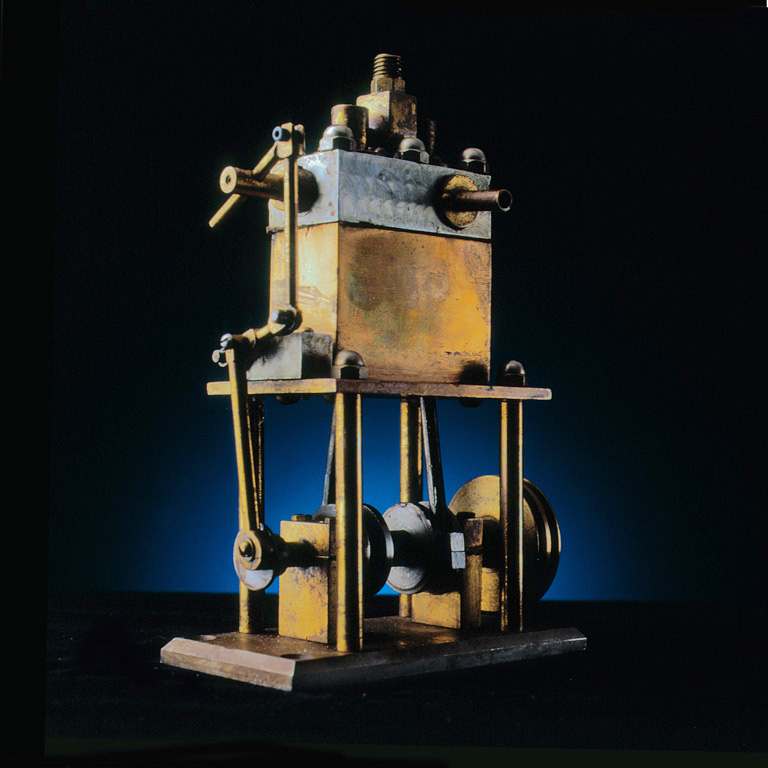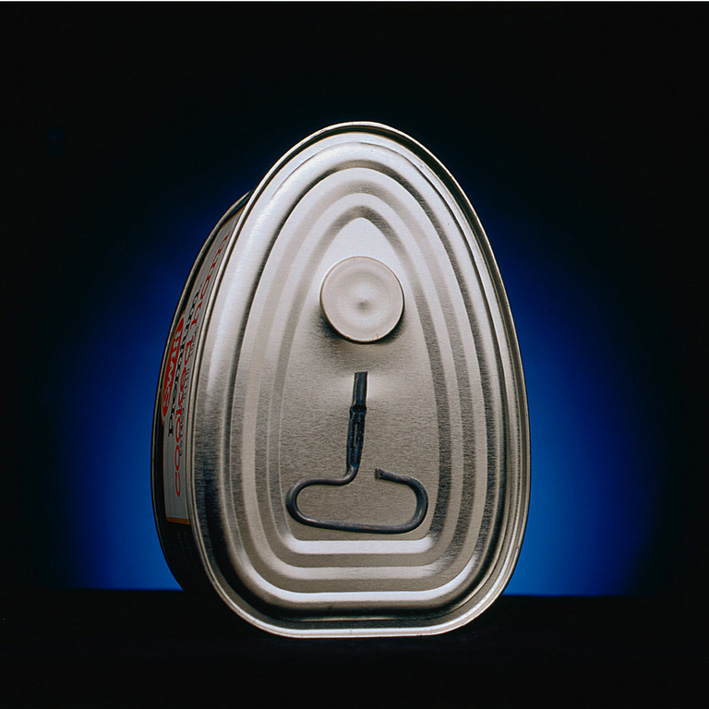Return of the Damned
CARGO CULTS
The name derives from the belief which began among Melanesians in the late 19th and early 20th century that various ritualistic acts such as the building of an airplane runway will result in the appearance of material wealth, particularly highly desirable Western goods.
Contact with colonizing groups brought about a considerable transformation in the way indigenous peoples of Melanesia have thought about other societies. Early theories of cargo cults began from the assumption that practitioners simply failed to understand technology, … in this model, cargo cults are a misunderstanding of the systems involved in resource distribution, and an attempt to acquire such goods in the wake of interrupted trade. However, many of these practitioners actually focus on the importance of sustaining and creating new social relationships, with material relations being secondary.¹
I have been primarily investigating how visualization and belief relate, using the UFO and Alien Abduction scenarios as cultural phenomena that embody the relationship. I have also used visualization technologies that are historically relevant and culturally resonant with this phenomena. The body of lenticular images I have produced are linked to 1950’s sociological theories of cargo cults and the relationship this has in UFO theory to early contact with alien technology. The work is a companion to an earlier body of work I exhibited in the 1998 Alberta Biennial of Contemporary Art entitled The Book of the Damned. This newer work has been exhibited under the title The Return of the Damned at the Edmonton Art Gallery in January of 2001 in the exhibition The Alien Project. It has also been shown in part at Paul Kuhn Gallery in Calgary.
I have chosen to make images of objects that are both mundane and of speculative provenance. I make ten photographs from different points of view that replicates human stereoscopic vision but altered to substantially reduce the normal eye to eye relationships. This tests how the stereoscopic information conflicts with the known size of the imaged object to produce one of two effects. The first would be to lead the viewer to feel physically diminished because the point of stereoscopic view is that of a much smaller entity or, secondly, that the objects imaged are out of scale and are seen as monumental. This also demonstrates a possible epistemological relationship between visualization technologies and rational empiricism and how that has manifested itself in popular culture.





